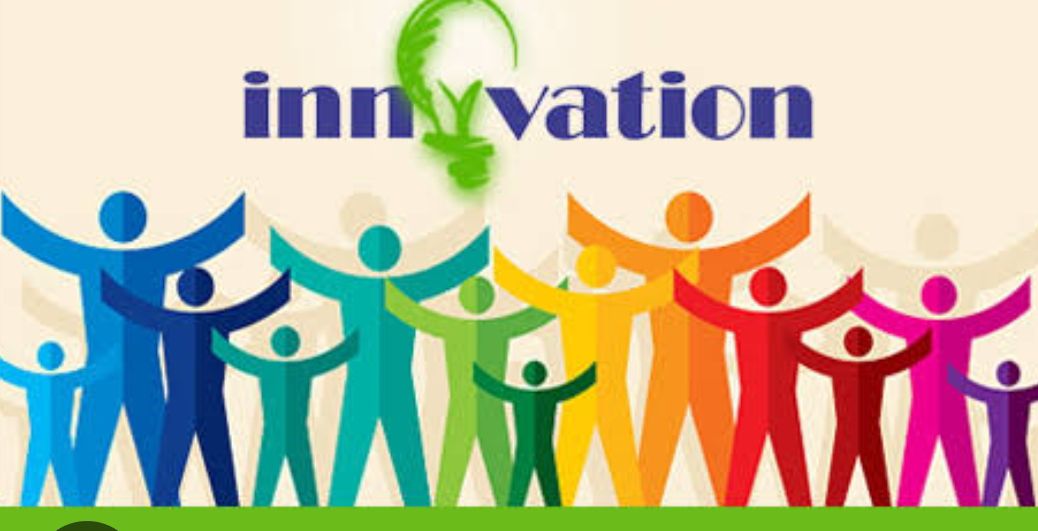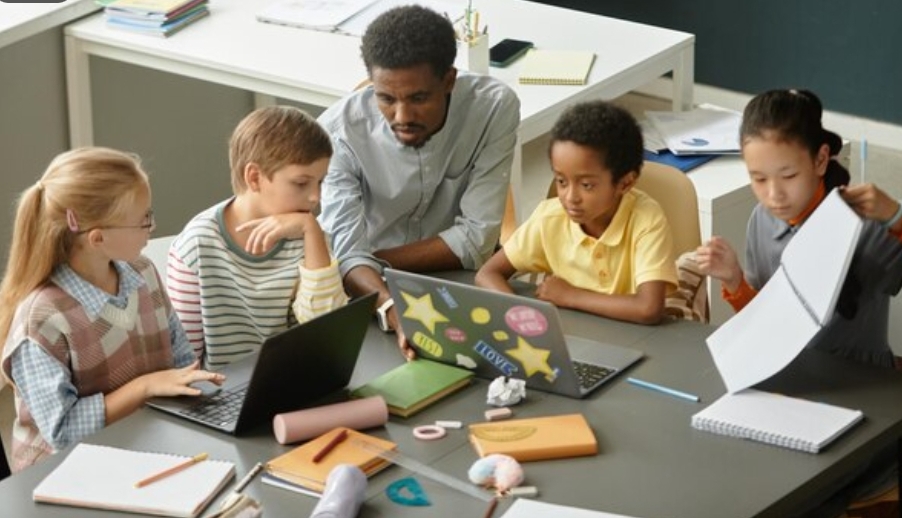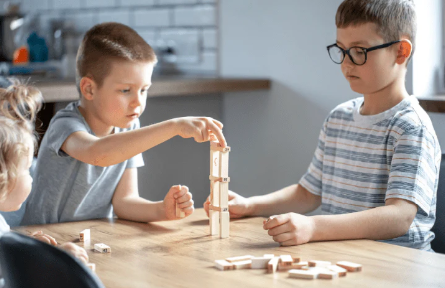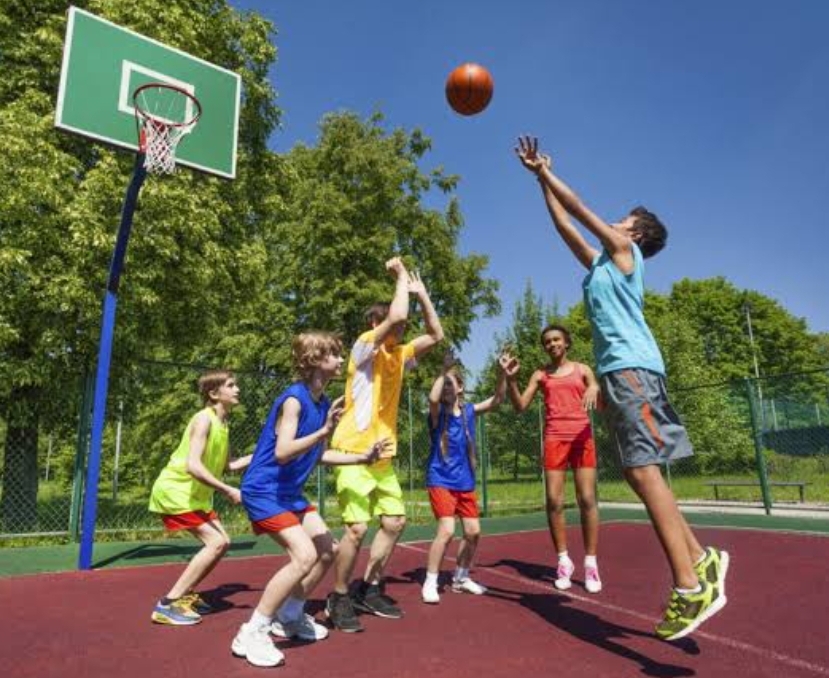
Education is evolving. Gone are the days of students passively absorbing information from textbooks. Today, learning goes viral (in a good way!), with community-based learning initiatives taking center stage. But what exactly are these initiatives, and why are they taking the educational world by storm?
This blog post dives deep into a captivating case study that showcases the power of community-based learning. We’ll explore how students are going beyond textbooks and lecture halls to make a real difference in their communities, all while boosting their academic understanding.
Imagine this: A high school biology class isn’t just studying photosynthesis in a textbook. They’re partnering with a local community garden to design and implement sustainable irrigation systems. This is the essence of community-based learning – bridging the gap between theory and practice.
The Ripple Effect: Benefits of Community-Based Learning
The benefits of these initiatives extend far beyond textbooks and classrooms. Here’s how community-based learning creates a ripple effect of positive change:
Real-World Application: Students see firsthand how the concepts they learn in class translate to real-world situations. This fosters deeper understanding and engagement.
Civic Responsibility: These initiatives cultivate a sense of civic responsibility in students. They learn the importance of giving back and contributing to their communities.
Collaboration and Communication: Students collaborate with community members, developing essential communication and teamwork skills.
Problem-Solving Skills: Real-world challenges require creative problem-solving. Community-based learning provides the perfect platform for students to hone these skills.
Increased Motivation: Students are more invested in learning when they see the tangible impact it has on their communities.
The Case Study: Unveiling the Power of Action
Now, let’s delve into our captivating case study! Imagine a university environmental science program partnering with a local non-profit working on coastal conservation. Students aren’t just studying marine ecosystems – they’re actively involved in data collection, beach clean-up initiatives, and educational campaigns aimed at raising awareness about ocean pollution.
The Impact: Students gain invaluable experience in ecological research, environmental policy, and community outreach. The non-profit receives a dedicated team of passionate volunteers, furthering their conservation efforts. The local community benefits from increased environmental awareness and a cleaner coastline.
This is the power of community-based learning in action! It’s a win-win-win situation for students, communities, and educational institutions.
Make Your Learning Viral: How to Get Involved
Inspired to become a part of this exciting learning revolution? Here are some ways you can get involved in community-based learning initiatives:
Talk to your instructors: Many educators are already incorporating community-based learning into their courses. Express your interest and see if there are existing opportunities.
Research local organizations: Look for non-profits or community groups working on issues you’re passionate about. Reach out and see if they’re open to student collaboration.
Start your own initiative: Do you have a unique idea for a community-based learning project? Talk to your peers, faculty advisors, and community leaders to see if there’s interest in collaborating.
Community-based learning isn’t just a trend – it’s the future of education. By learning from, and giving back to, our communities, we can create a more informed, engaged, and responsible citizenry.
Ready to make a difference? Share your thoughts and ideas about community-based learning initiatives in the comments below! Let’s keep the conversation flowing and inspire others to join the movement!










